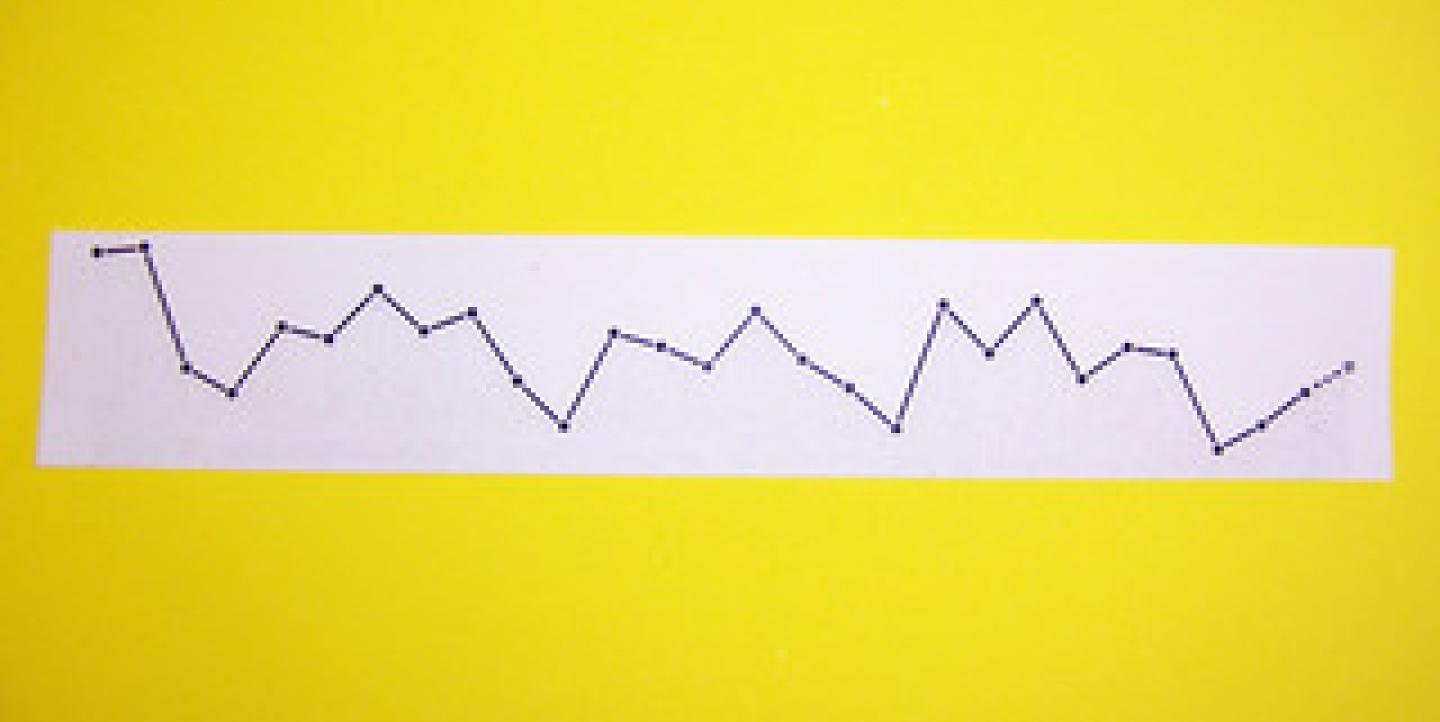Writing for Time.com, Chartbeat CEO Tony Haile recently debunked four myths about the Web. It turns out, clicking on an article isn't the same thing as actually reading it, there's no relationship between social sharing and engagement, native advertising has an attention deficit disorder, and conventional wisdom about ad placement is totally upside down.
We're outlining a few key highlights here. You can also read the full article (in English) on the Time website.
- For starters, he says, we're mistakenly conflating clicking with reading: "For 20 years, publishers have been chasing pageviews, the metric that counts the number of times people load a web page. The more page views a site gets, the more people are reading, the more successful the site. Or so we thought." As many of us know by now, someone clicking on a provocative headline doesn't always translate into engagement — and, in fact, that's the case more often than not. So, it's critical to ask, "What are my visitors doing after they click?"
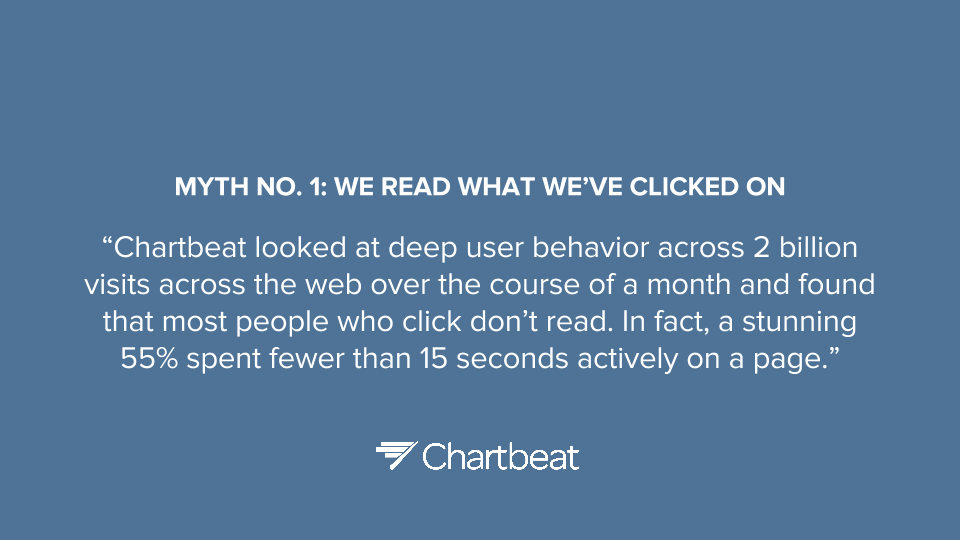
- Addressing another piece of conjecture, Tony challenges the assumption that social sharing and engagement have a directly proportional relationship. That is, "the more content is liked or shared, the more engaging it must be, the more willing people are to devote their attention to it." But, the data says it just ain't true: "We looked at 10,000 socially shared articles and found that there is no relationship whatsoever between the amount a piece of content is shared and the amount of attention an average reader will give that content."
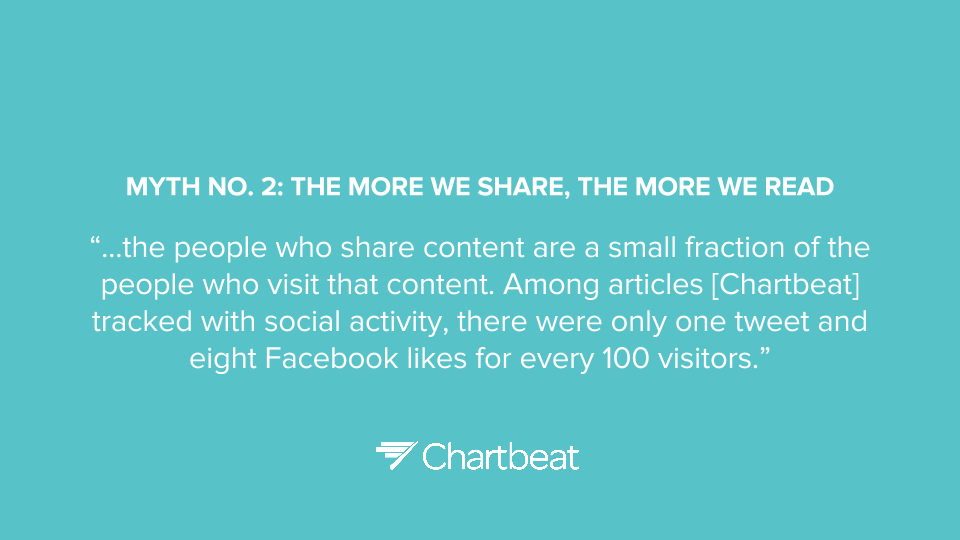
- While publishers and advertisers are giddy to saddle up and explore the new great frontier of native advertising, many are already on rocky footing: "Brands are paying for — and publishers are driving traffic to — content that does not capture the attention of its visitors or achieve the goals of its creators." But we shouldn't just give up on native advertising altogether. Native advertising that engages an audience and holds their attention can be influential, but "driving traffic to content that no one is reading is a waste of time and money."
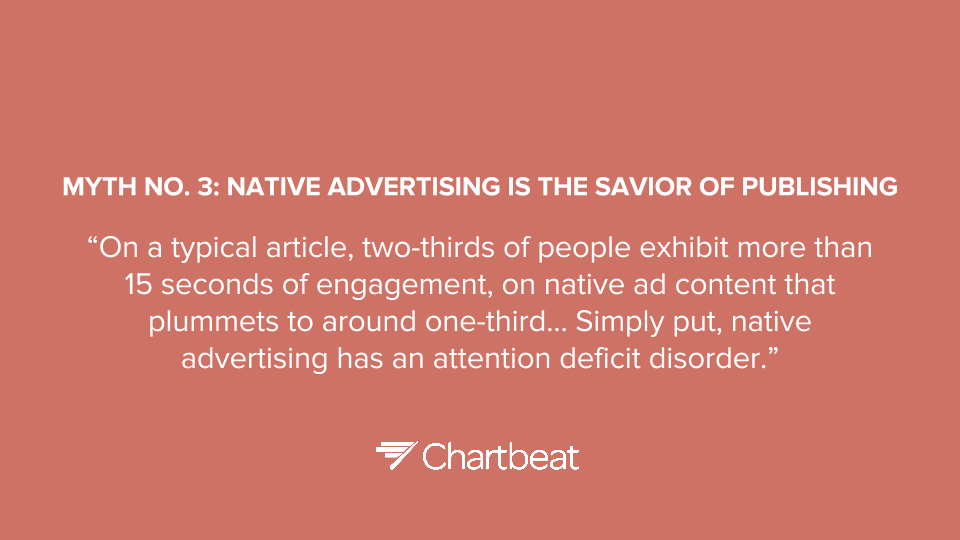
- A successful ad needs two things: great creative and great placement. Unfortunately, conventional wisdom has led many to pay top dollar for the parts of the page that capture the least attention, not the most: "66 percent of attention on a normal media page is spent below the fold. That leader board at the top of the page? People scroll right past that and spend their time where the content not the cruft is. Yet most agency media planners will still demand that their ads run in the places where people aren't and will ignore the places where they are."
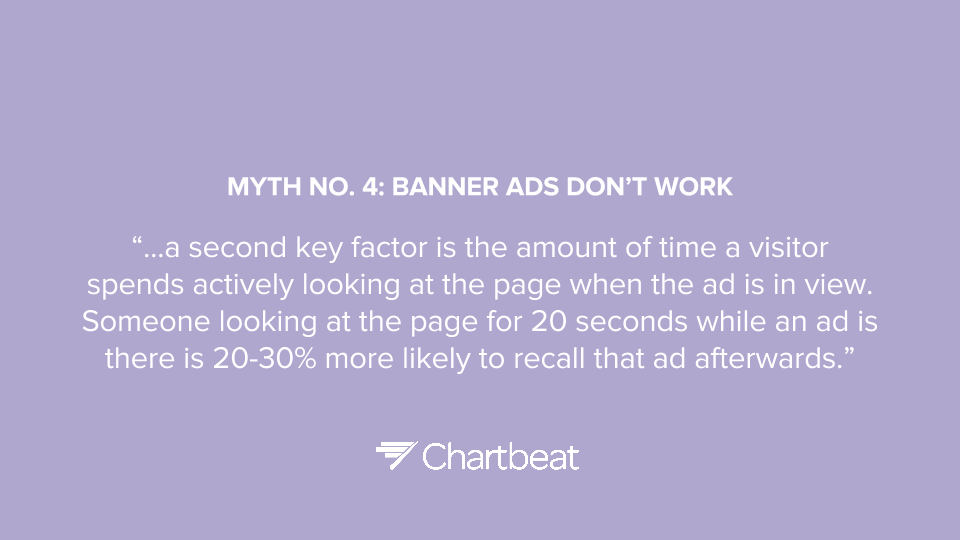
So, to the days of the click, we say sayonara. Now let's usher in the age of attention.
Kyle Jameson is a writer for Chartbeat, where he follows trends in online journalism. His work has appeared in the St. Paul Pioneer Press, the Houston Chronicle and Washingtonian Magazine.
This post was originally published on Data-Fueled Thinking and Making a blog from Chartbeat, a startup that gives more than 5,000 publishers real-time data about how people are engaging with their content. You can follow Chartbeat on Twitter, Facebook and Google+.
Image CC-licensed on Flickr via Newton Free Library.

